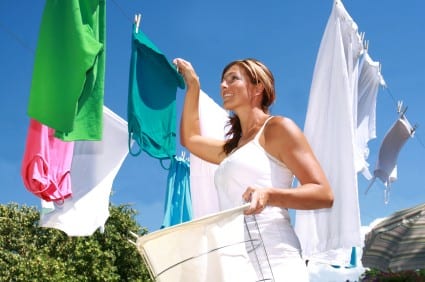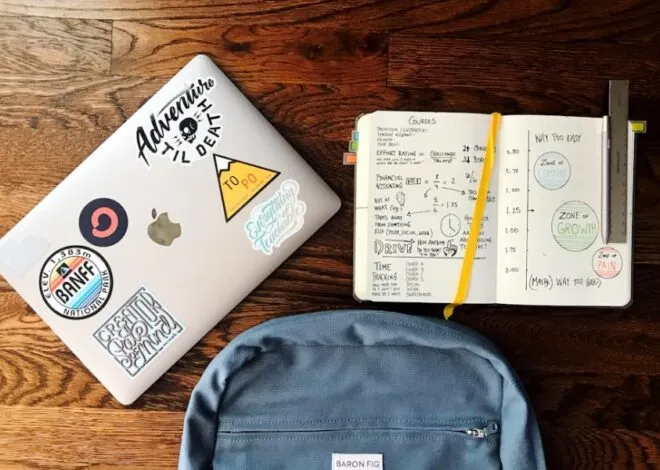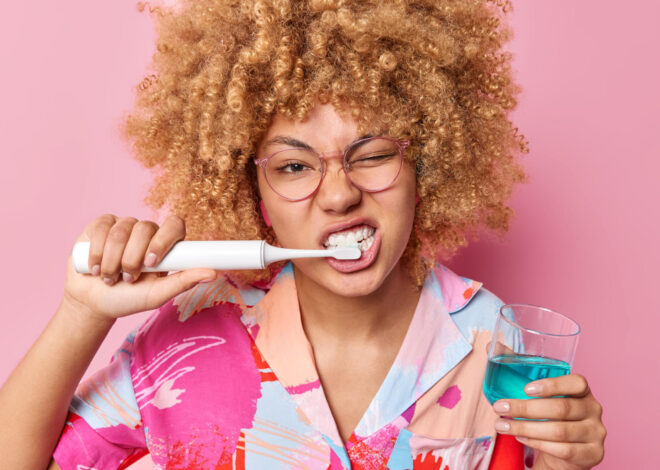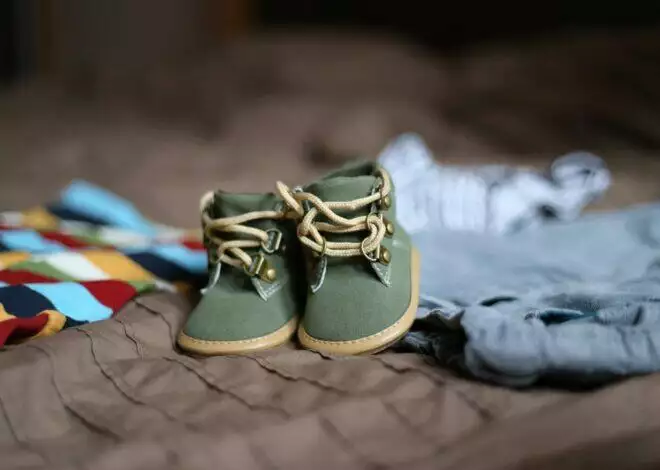When you go green at home, you can make your home environment a healthier place to live. You can be green and stay well within your budget, too. By taking just a few actions to go green at home, you can make your life better and maybe help future generations, too.
When you go green at home, you can make your home environment a healthier place to live. You can be green and stay well within your budget, too. By taking just a few actions to go green at home, you can make your life better and maybe help future generations, too.
Laundry
You can change your laundry cleaning habits as one way of going green. The ingredients of many commercially available ones can cause problems for humans and the environment. Chlorine, for example, is poisonous to humans and animals and can create dioxin, a dangerous byproduct, when flushed down the drain. You can avoid harmful detergents by choosing eco-friendly products that do not contain bleach. The label will read "non-chlorine bleach" on the label. Eco-friendly products may contain hydrogen peroxide instead. Also, use "fragrance-free" detergent because the fragrances in detergents can irritate allergic or sensitive people. Washing your clothes in cold or warm water instead of hot water reduces your energy use by 50 percent per load. By forgoing the dryer and hanging your clothes to dry, you can save $10 a month, says Brad Stroh, founder of Bills.com on the Bankrate website. Clothes dryers are the third largest energy users in the home, after the refrigerator and the washing machine.
Programmable Thermostat
If you don’t have one already, a programmable thermostat can help you control your home’s heating and air conditioning units. In the summer, every degree you raise the thermostat, you reduce your air conditioning bill by about 2 percent, according to Bankrate.com. In the winter, every degree you lower the thermostat, reduces your heating bill by 3 percent.
Increase Ventilation
The biggest threats to indoor air quality are volatile organic compounds, or VOCs, which are gases emitted from certain chemicals. VOCs can have short-term and long-term adverse health effects, according to the Environmental Protection Agency. Paints, cleaning products and hobby products can all contain harmful chemicals. Increase the ventilation in your home when using these types of products, and dispose of them properly when you are through. You can find out from your local government the proper disposal methods.
Cleaning Products
You can make your own cleansers by using environmentally safe products. Use products such as baking soda, soap, lemon, borax, white vinegar, washing soda, isopropyl alcohol, cornstarch and citrus solvent.
Organic Foods
You can buy organic food that has the USDA organic seal on it. These foods are not produced with antibiotics, hormones, pesticides, bioengineering or irradiation, according to the North Carolina Cooperative Extension.
Recycle
It’s important to recycle items, such as plastic bags, bottles, cans and newspapers. But you don’t have to stop there. You can buy recycled products when possible. Look for the words "recycled content" on the packaging.





